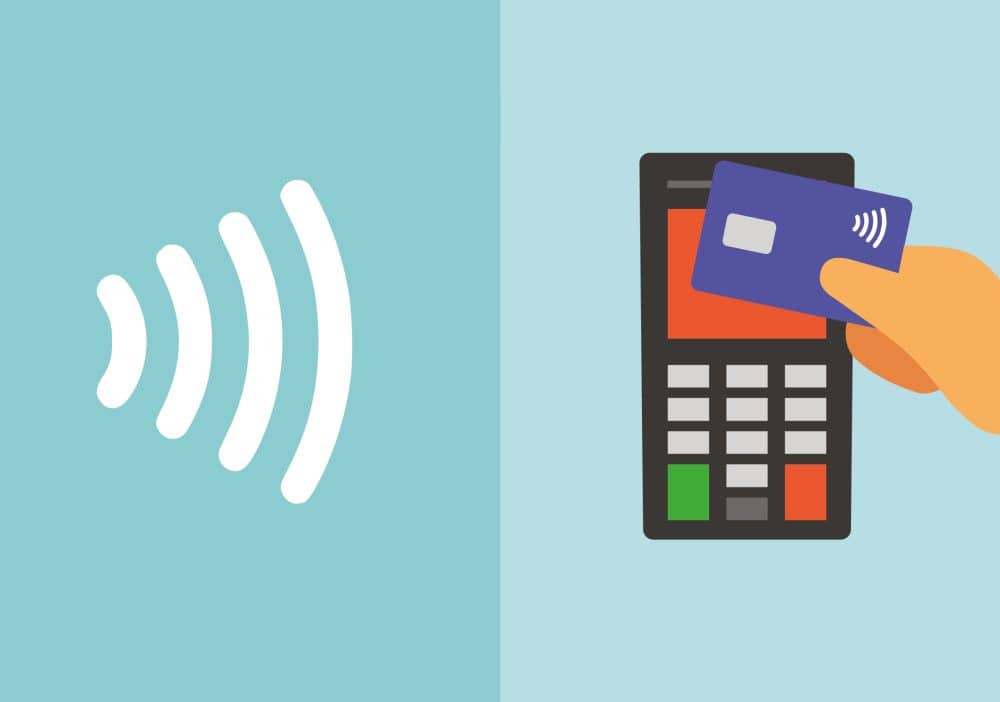From tomorrow (15 October), shoppers will be able to make in-store purchases of up to £100 without using their PIN (the same goes for paying for travel tickets, event entry and anything else where in-person card payments can be taken). The change is coming in following a public consultation and agreement between the Treasury and the Financial Conduct Authority (FCA).
This is perfectly understandable in the light of card users’ desire to minimise the use of cash over the pandemic, and the long decline in the use of cheques. It should also be remembered that there is no transaction limit when using mobile platforms such as Apple Pay or Google Pay.
We have always advised caution and vigilance when it comes to contactless payments, and are repeating this message now as the card limit increases.
If your card is stolen or lost
Probably the biggest risk with having contactless payment cards arises if they are stolen or lost. This is, in a way, similar to the theft or loss of cash (there’s no PIN input necessary with either), and therefore the risk increases with the limit being raised. You could lose immediate fraudulent payments made using the card, but in any case you should cancel your card immediately you find that it’s missing, notify your provider and check your statement for suspicious transactions.
Card clash
If you carry more than one contactless card in the same purse, pocket or wallet, you could unknowingly pay for somebody else’s purchase if you’re close to a contactless reader when their transaction is being processed. You could also pay out of the wrong account because the card reader finds the wrong card.
There’s also a risk of having your card cloned – or financial information being intercepted – by the radio signal being intercepted by a criminal using a special device.
The risk of any of these happening can be reduced by keeping your cards in an RFID wallet or purse, which blocks the signal from the card being read or picked up by other people. These wallets and purses are commonly available from high street and online retailers. Some rucksacks and laptop bags have the same feature.
“Some simple steps you can take”
Tony Neate, our CEO at Get Safe Online comments: “Tomorrow we see the rise in the contactless card payment limit to £100. Over the past 18 months, as we have lived through the pandemic, contactless payments have been an ideal way to pay for products in a world where we have wanted to minimise cross contamination and touch. Whilst increasing the limit to £100 brings significant benefit, some might naturally be concerned about the potential risk it brings.
“If you are worried the potential exposure to theft this brings then there are some simple steps you can take. Firstly, if you really don’t like the ease in which contactless cards can make a payment you can contact your bank to request a card that avoids contactless altogether. Most providers offer this option. Secondly, if you enjoy the benefits contactless brings, but are hesitant about the higher cap, again, contact your bank or provider and ask if the contactless cap can be reduced and set at a level that you are happy with on your specific card. Not all banks offer this service, but many do, so if you’d be happier with this approach then just ask.”













































